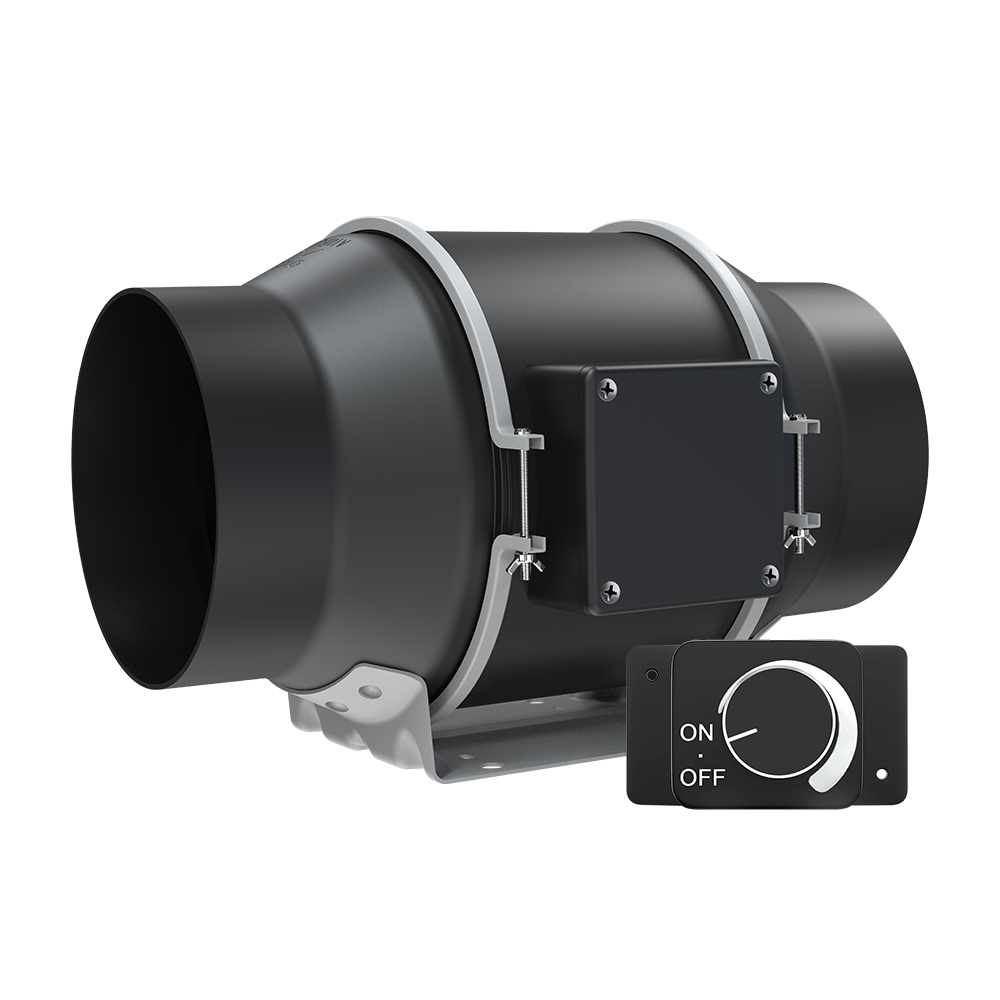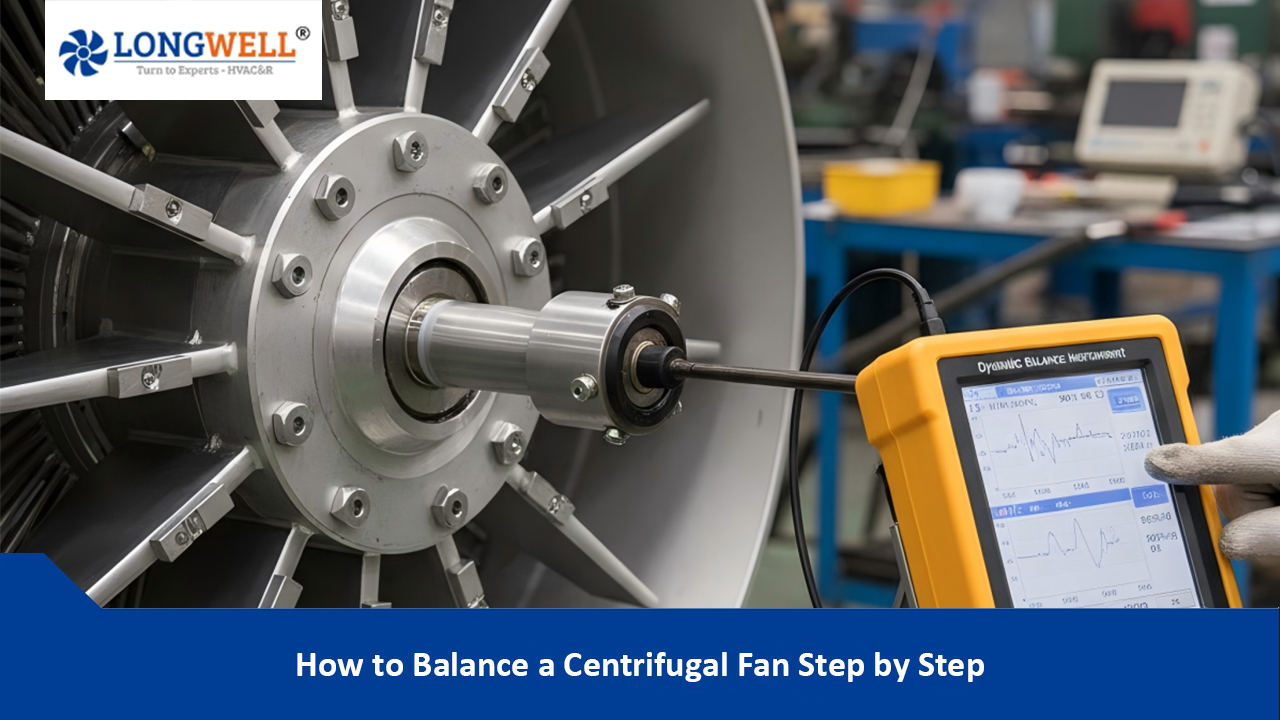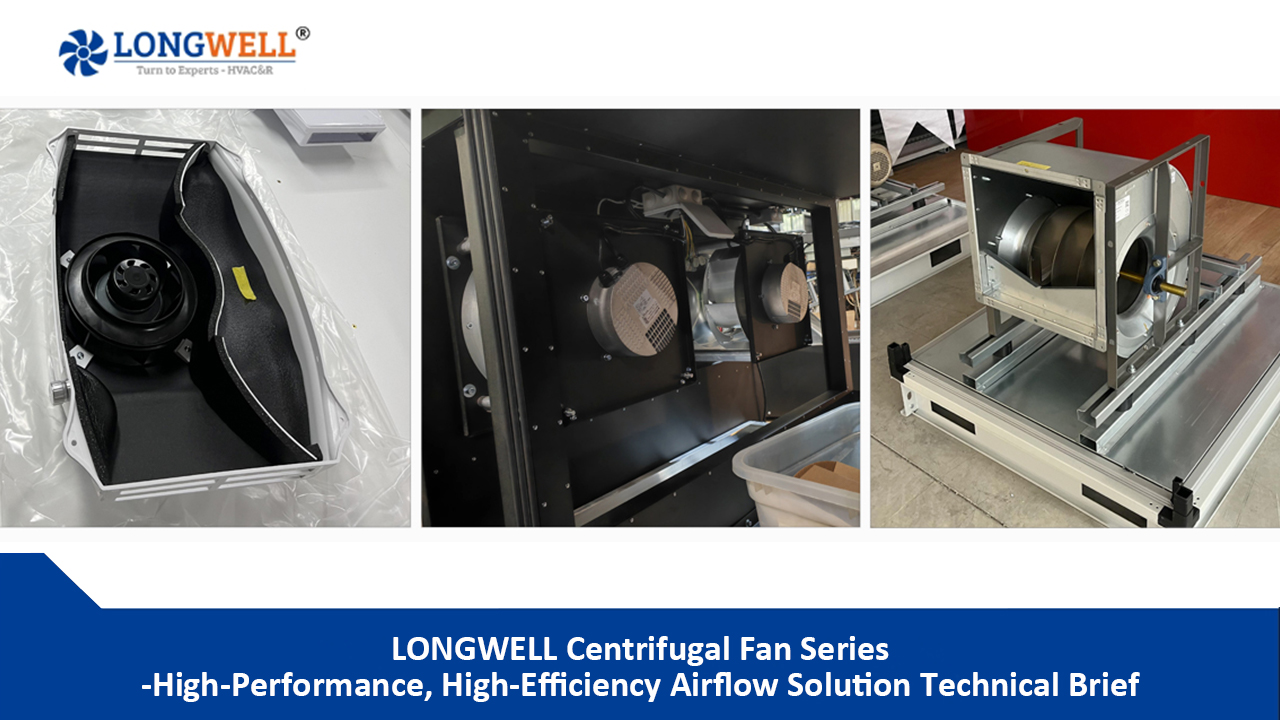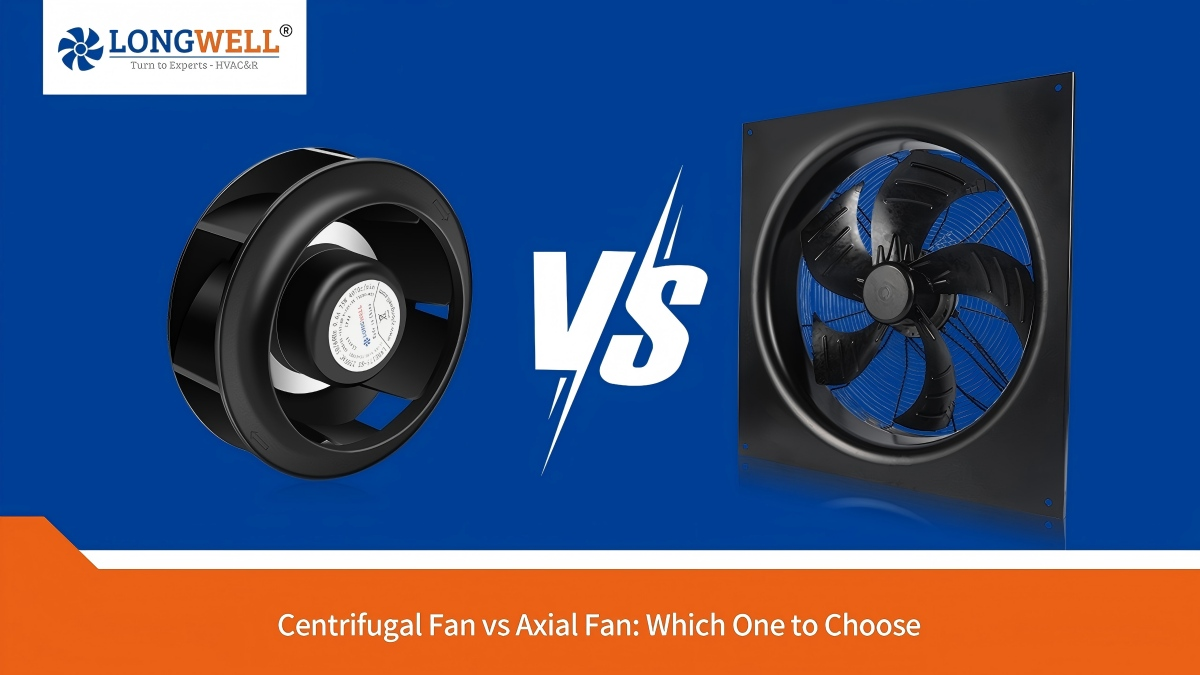Inline duct fans are an essential component in many HVAC (Heating, Ventilation, and Air Conditioning) systems. They are used for moving air through ductwork in both residential and commercial settings, providing benefits like improving airflow, ensuring proper ventilation, and enhancing energy efficiency. The growing demand for energy-efficient systems has pushed inline duct fans into the spotlight due to their ability to improve air distribution while reducing energy consumption.
In this article, we will explore the best applications for inline duct fans, focusing on how they work, where they are most useful, and why they are a great investment for both residential and commercial applications. We will also recommend three high-performance inline duct fans from our range of products, offering a variety of options based on different needs and requirements.
What Are Inline Duct Fans?
Before delving into the best applications for inline duct fans, it is important to understand what they are and how they work. Inline duct fans are ventilation devices that are installed directly into the ductwork of an HVAC system. These fans are typically used to enhance air circulation, helping to boost airflow and reduce pressure losses in the ducts. They are different from traditional axial fans because they are designed to be installed within the ductwork, making them more compact and efficient.
The fan blades in inline duct fans create airflow within the ducts, and depending on their design, they can operate either at high or low speeds to move air throughout a building or specific area. Some inline duct fans come with adjustable speed controls, which allow users to adjust the fan’s speed according to the desired airflow requirements.
The Best Applications for Inline Duct Fans
1. Residential Ventilation Systems
Inline duct fans are widely used in residential HVAC systems, particularly in homes with extended duct runs or rooms that are difficult to ventilate. Rooms such as basements, attics, and kitchens often suffer from poor airflow due to long duct runs or complex ventilation setups. Inline duct fans can improve the air circulation in these spaces, ensuring that air is properly distributed across the entire home.
Best For:
- Homes with long duct runs
- Areas with poor air circulation, such as basements, attics, or kitchens
- Homes with a need for improved exhaust airflow (e.g., bathrooms, laundry rooms)
Benefits:
- Boosts airflow in rooms with inadequate ventilation
- Provides even temperature distribution throughout the home
- Helps prevent excess moisture buildup in humid areas like bathrooms
2. Grow Rooms and Hydroponic Systems
Inline duct fans are particularly effective in grow rooms and hydroponic systems, where proper airflow and ventilation are critical for healthy plant growth. These systems require controlled temperature and humidity levels to create the ideal environment for plants to thrive. Inline duct fans help to distribute fresh air evenly and ensure that stale air and humidity are efficiently removed from the space.
Best For:
- Indoor gardening
- Hydroponic systems
- Grow rooms that need consistent temperature and humidity control
Benefits:
- Improves air circulation to ensure healthy plant growth
- Regulates humidity levels to prevent mold or mildew growth
- Ensures efficient CO2 exchange for optimal photosynthesis
3. Commercial Kitchens
Commercial kitchens are high-traffic areas with numerous cooking appliances that generate heat, smoke, and odors. Inline duct fans play a crucial role in maintaining proper ventilation by ensuring that hot air, smoke, and odors are exhausted quickly and effectively. These fans are often installed in the ductwork leading to exhaust hoods, helping maintain air quality and reduce the risk of fire hazards.
Best For:
- Restaurants, hotels, and other foodservice establishments
- Kitchens with heavy cooking equipment (grills, ovens, fryers)
- Spaces that require consistent removal of smoke and odors
Benefits:
- Removes smoke and hot air from the kitchen, reducing the risk of heat buildup
- Improves air quality for kitchen staff and customers
Helps maintain compliance with health and safety standards
4. Server Rooms and Data Centers
Server rooms and data centers are critical to many modern businesses, and these areas need to be kept cool to prevent damage to sensitive electronic equipment. Inline duct fans are commonly used in these environments to ensure that airflow is distributed evenly, helping to maintain optimal temperatures. By using inline duct fans, businesses can reduce the risk of equipment failure due to overheating.
Best For:
- Server rooms
- Data centers and IT infrastructure areas
- Areas with high heat generation from electronic equipment
Benefits:
- Maintains consistent temperatures to prevent overheating
- Ensures optimal airflow to prevent hotspots
- Enhances energy efficiency by distributing cool air more effectively
5. Industrial and Commercial Spaces
Inline duct fans are also used in a wide range of industrial and commercial spaces, where they help ensure adequate ventilation in large areas. This includes factories, warehouses, and other commercial spaces that require the removal of dust, fumes, and other pollutants. These fans can be strategically placed in the ductwork to remove contaminants, enhance airflow, and create a safer and more comfortable environment for workers.
Best For:
- Factories and manufacturing plants
- Warehouses and storage facilities
- Commercial spaces with high levels of pollution or airborne contaminants
Benefits:
- Removes airborne dust, fumes, and pollutants
- Improves worker comfort and safety by ensuring adequate ventilation
- Enhances air circulation to maintain consistent temperatures
Key Features to Look for in Inline Duct Fans
When selecting an inline duct fan, there are several key features to consider to ensure you choose the right model for your application:
-
Airflow Capacity: The airflow capacity of the fan is measured in CFM (Cubic Feet per Minute). This indicates the amount of air the fan can move per minute. The higher the CFM, the more effective the fan will be at improving airflow in larger spaces.
-
Noise Level: Inline duct fans can produce noise, especially at higher speeds. Look for fans that are designed to operate quietly, as this is particularly important for residential applications or spaces where noise is a concern.
-
Energy Efficiency: Inline duct fans should be energy efficient to reduce electricity consumption. Look for fans with energy-efficient motors or variable-speed options to optimize energy use.
-
Durability: Choose a fan made of high-quality materials, as durability is key for ensuring the long lifespan of your fan, especially in industrial applications where fans may be running continuously.
-
Ease of Installation: Consider how easy it is to install the fan within your existing ductwork. Many inline duct fans come with a straightforward installation process, but some may require professional help.
Our Recommended Products
To help you make an informed decision, here are three of our top-performing inline duct fans that we recommend for various applications:
1. Product A: LWDE3G100-IS-01 EC Duct fans

- Ideal For: Residential use, small grow rooms, and kitchens
- Key Features: Quiet operation, energy-efficient motor, adjustable speed settings, and easy installation
- Why Choose It?: This fan is perfect for homes or smaller spaces that need quiet yet effective airflow. Its energy efficiency helps reduce utility costs
2. Product B: LWDE3G150-IS-01 EC Duct fans

- Ideal For: Commercial kitchens, industrial spaces, and server rooms
- Key Features: High airflow capacity, robust build quality, and low noise operation
- Why Choose It?: This fan is built for larger spaces where high airflow is required. It ensures quick removal of heat, smoke, and odors.
3. Product C: LWDE3G200-IS-01 EC Duct fans

- Ideal For: Large-scale grow rooms, data centers, and warehouses
- Key Features: Variable speed, heavy-duty construction, and high airflow capacity
- Why Choose It?: Ideal for large commercial or industrial spaces, this fan provides optimal airflow and is designed for continuous operation.
Conclusion
Inline duct fans are an excellent choice for a variety of applications, from improving airflow in residential homes to ventilating large industrial spaces. By choosing the right fan for your specific needs, you can improve air quality, enhance energy efficiency, and create a more comfortable environment. Whether you’re looking to optimize airflow in a kitchen, server room, or grow room, inline duct fans provide a versatile and cost-effective solution.
By investing in a high-quality inline duct fan, you are ensuring long-term benefits in terms of both performance and energy savings.



